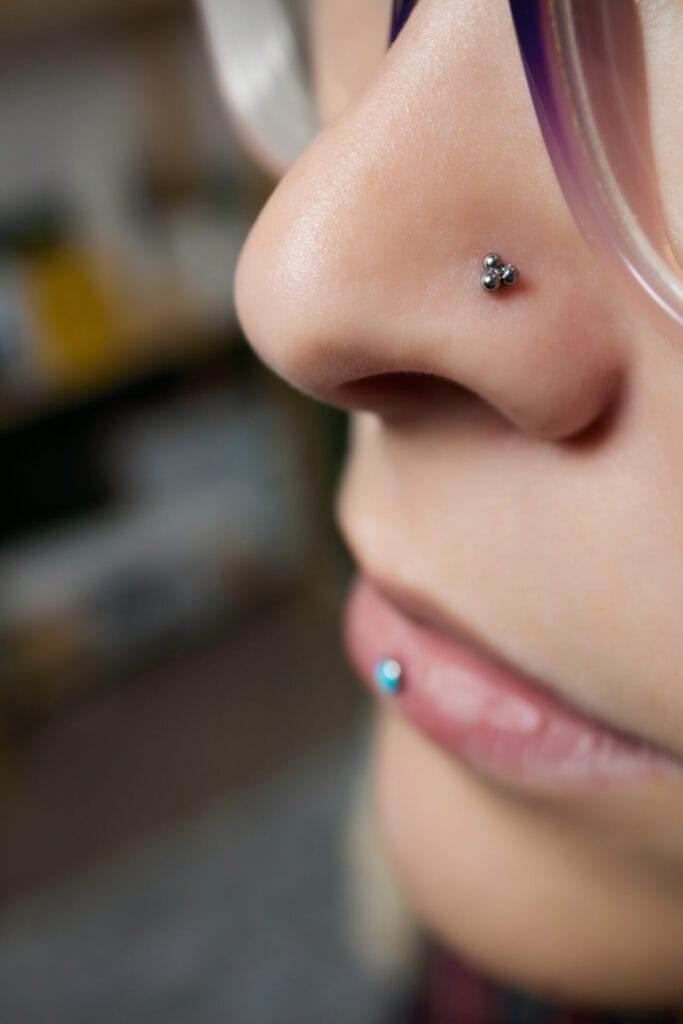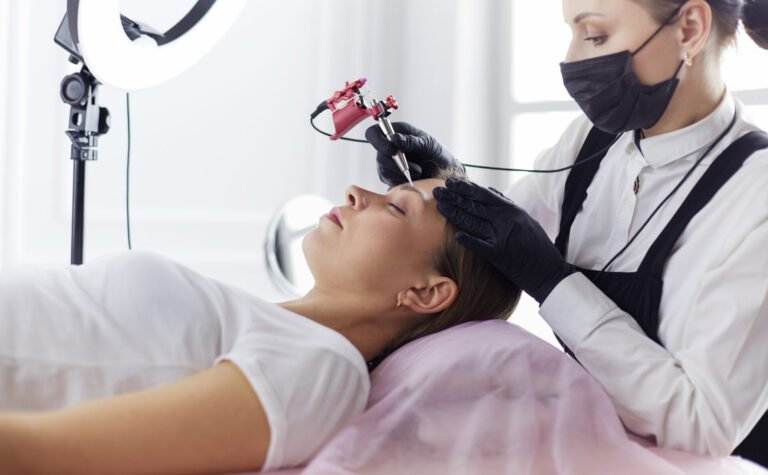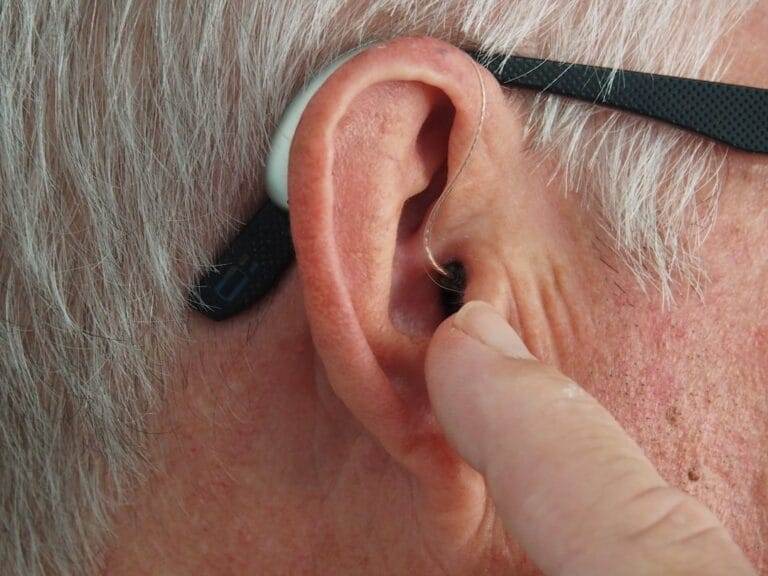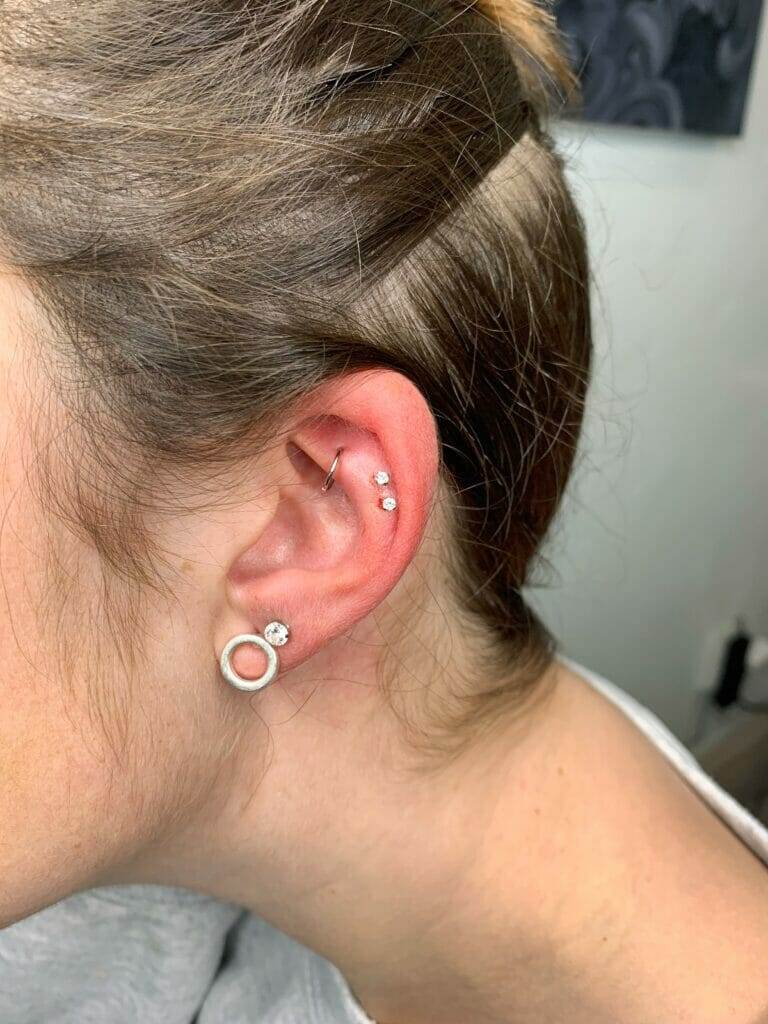Piercings have become increasingly popular in recent years, with people of all ages and backgrounds embracing this form of body modification. Whether it’s a simple earlobe piercing or a more adventurous choice like a nose or belly button piercing, getting pierced can be an exciting and empowering experience. However, it’s important to know what to expect before going under the needle.
Understanding the Risks and Potential Complications of Piercing
While piercings are generally safe when done by a professional, there are risks involved. Infections, rejection, and other complications can occur if proper aftercare is not followed. It’s important to understand these risks before getting pierced.
Infections can happen if bacteria enters the piercing site. Signs of infection include redness, swelling, pain, and discharge. Rejection occurs when the body views the jewelry as a foreign object and pushes it out. Other complications can include scarring or keloids.
Proper aftercare is crucial in preventing these complications. Following your piercer’s instructions on cleaning and caring for your piercing is essential for a successful healing process.
Preparing for Your Piercing
Before your appointment, there are a few things you can do to prepare yourself for the piercing process. Make sure you are well-rested and have eaten a good meal beforehand to prevent dizziness or fainting during the procedure.
It’s also important to bring any necessary identification and paperwork to your appointment. Some studios may require you to fill out a consent form or provide proof of age.
Mentally preparing yourself for the piercing process is also important. Understand that there will be some discomfort, but remember that it will be temporary. Take deep breaths and try to relax during the procedure.
The Importance of Proper Aftercare
Proper aftercare is crucial for a successful healing process. Your piercer will provide you with specific instructions on how to clean and care for your piercing, but here is a general step-by-step guide:
1. Wash your hands thoroughly before touching your piercing.
2. Clean the piercing twice a day with a saline solution or mild soap and water.
3. Avoid touching or twisting the jewelry unnecessarily.
4. Avoid swimming in pools, hot tubs, or bodies of water until the piercing is fully healed.
5. Avoid using harsh products or applying excessive pressure to the piercing site.
It’s important to avoid common mistakes during the healing process, such as using alcohol or hydrogen peroxide to clean the piercing, changing the jewelry too soon, or playing with the jewelry excessively. These actions can lead to complications and prolong the healing process.

What to Expect During the Piercing Process
During the piercing process, your piercer will guide you through each step to ensure your comfort and safety. Here is a general overview of what to expect:
1. The piercer will clean the area and mark the spot where the piercing will be placed.
2. They will use a sterilized needle to create a hole in the desired location.
3. The jewelry will then be inserted into the hole.
4. The piercer will provide aftercare instructions and answer any questions you may have.
While there may be some pain or discomfort during the process, it is typically brief and tolerable. If you are feeling overwhelmed or anxious, communicate with your piercer, and they can help put you at ease.
Choosing the Right Jewelry
Choosing the right jewelry for your piercing is essential for safe and successful healing. Different types of jewelry are suitable for different piercings, so it’s important to consult with your piercer to determine the best option for you.
Quality jewelry is crucial to prevent complications such as infections or allergic reactions. Look for jewelry made from materials like surgical steel, titanium, or gold that is specifically designed for body piercings.
When choosing jewelry, consider factors such as size, style, and comfort. Your piercer can help guide you in selecting the right piece that suits your personal style and anatomy.
When to Change Your Piercing Jewelry
While it may be tempting to change your piercing jewelry soon after getting pierced, it’s important to wait until the piercing is fully healed. Changing the jewelry too soon can disrupt the healing process and increase the risk of complications.
Signs that it’s time to change your jewelry include:
1. The piercing is no longer tender or swollen.
2. There is no discharge or crust around the piercing.
3. The piercing has been fully healed for the recommended time period.
When changing your jewelry, make sure to follow proper aftercare instructions. Clean the new jewelry thoroughly before inserting it and continue to clean the piercing regularly to prevent infection.
Common Piercing Mistakes to Avoid
There are several common mistakes that people make after getting pierced that can lead to complications. It’s important to avoid these mistakes and follow your piercer’s advice for a successful healing process.
Some common mistakes include:
1. Touching or playing with the piercing excessively.
2. Using harsh products or alcohol-based solutions to clean the piercing.
3. Changing the jewelry too soon.
4. Sleeping on the piercing before it has fully healed.
5. Ignoring signs of infection or complications.
By following your piercer’s aftercare instructions and avoiding these mistakes, you can ensure a safe and successful healing process.
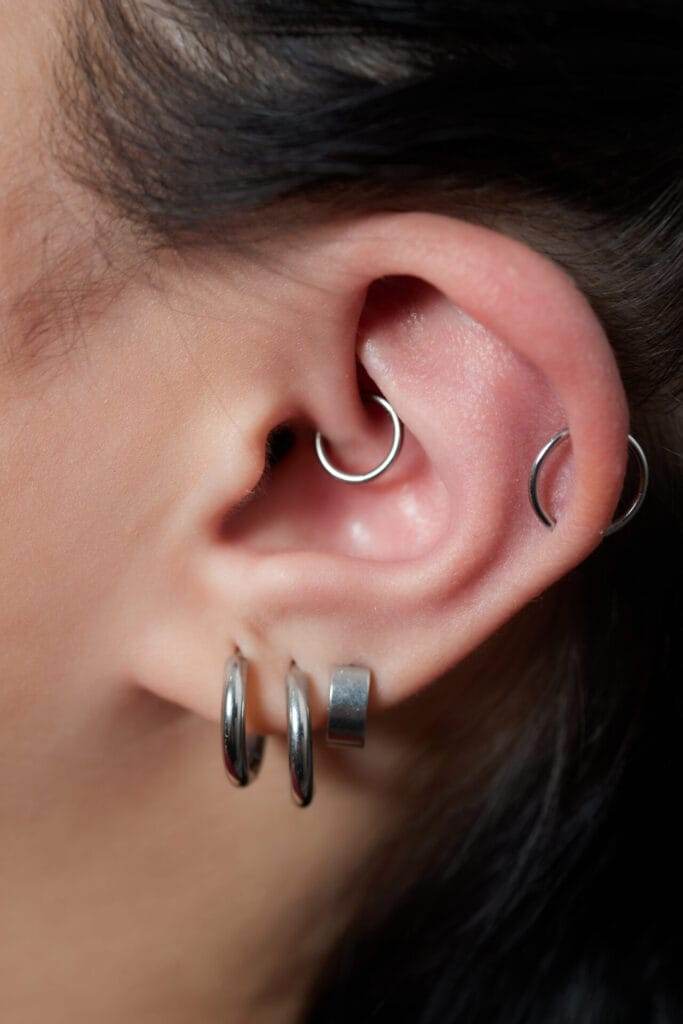
Troubleshooting Piercing Problems
Sometimes, despite your best efforts, complications can occur. It’s important to know how to deal with these issues and when to seek medical attention.
If you suspect an infection, it’s important to clean the piercing regularly and avoid touching it unnecessarily. If the symptoms worsen or persist, seek medical attention as soon as possible.
Rejection or migration of the jewelry can occur in some cases. If you notice the jewelry moving or the piercing becoming shallower, consult with your piercer for advice on how to address the issue.
It’s important to address any problems early on to prevent further complications and ensure a successful healing process.
Final Thoughts
Getting a piercing can be an exciting and empowering experience. By doing your research, finding a reputable piercer, and following proper aftercare instructions, you can ensure a safe and successful healing process.
Remember to enjoy your new piercing while taking proper care of it. Show off your unique style and embrace this form of self-expression. With the right knowledge and preparation, your piercing journey can be a positive and fulfilling one.



